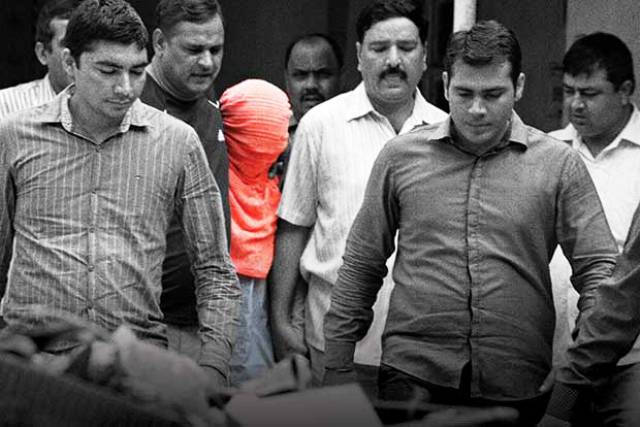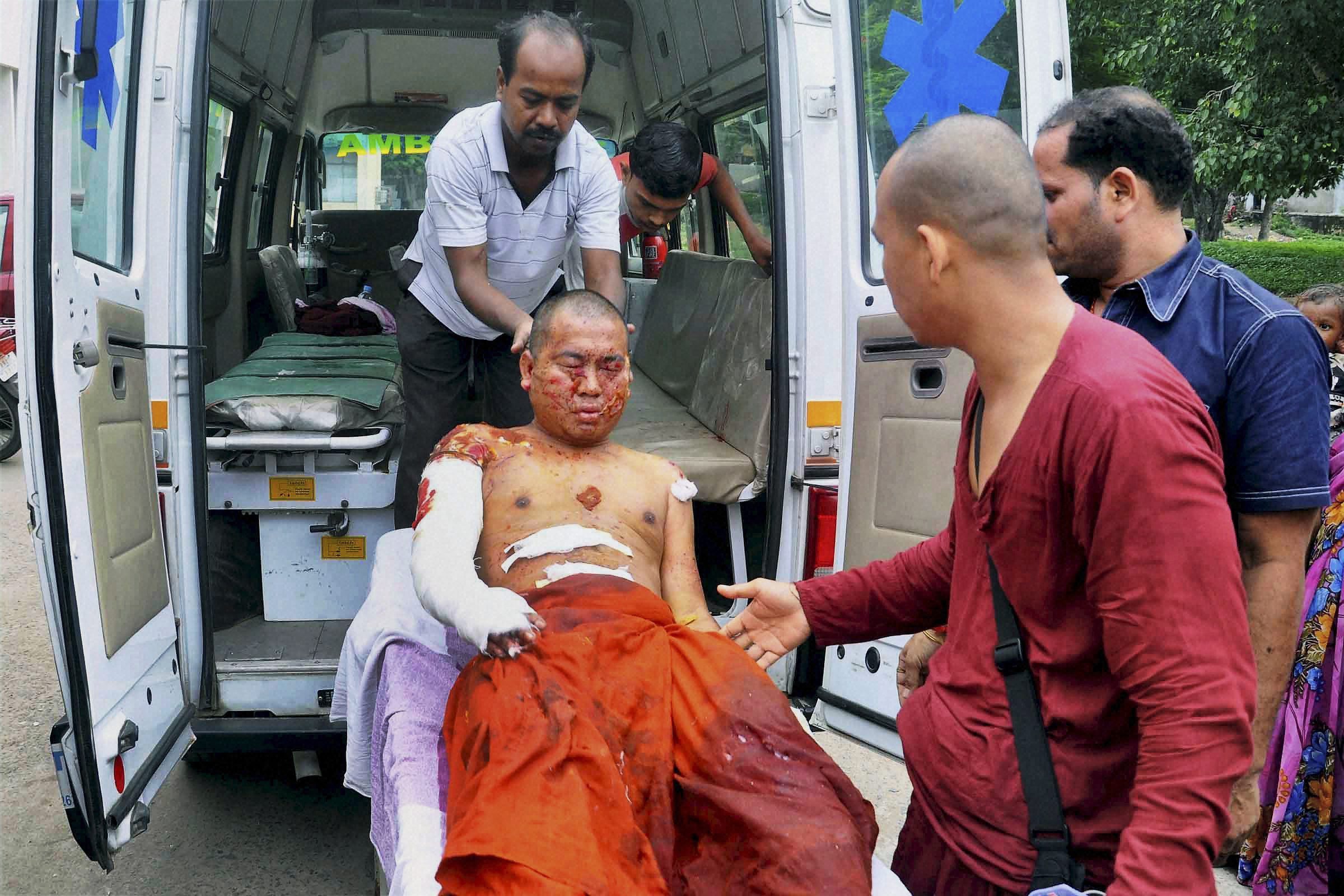
What happens when fear runs so deep that every accusation of rape is followed by blaming the victim and making her sexual history and lifestyle the focus of society’s response to it? Does it help reduce incidents of rape and other forms of sexual violence, or does it add to the misogyny that breeds a culture of rape? Does it contribute to reining in the illegitimate exercise of power — the capacity to impose one’s will on others, which in this case translates as forcing the victim into a sexual act against her consent — or deepen the rampant fear of sexuality, especially female sexuality, that is key to identifying a society as patriarchal?
One date and one name come to mind every time people in India talk about sexual violence against women: 16 December 2012 and Nirbhaya. Sometimes, in the face of extreme brutalisation such as this, outrage takes forms that end up strengthening rather than attacking the forces responsible for the brutality. The trajectory of the Nirbhaya case could not remain untouched by the misogynist culture in which the crime took place. It helped unleash society’s collective inchoate rage, which crystallised around the demand to “hang the rapists”. In other words, the focus turns to the criminal, almost to the point of diverting attention from the crime and what it reveals about society.
And for the woman in the street, it meant the threat of even more gender-based segregation, more barriers between her and the world, and everyday life made even more nightmarish with the fear that any stranger could be a rapist if he is a male.
The sheer brutality of assaulting Nirbhaya, a 23-year-old paramedical student, by taking turns to rape her and thrusting an iron rod into her intestines on that fateful night was enough to shake the nation and the media left no stone unturned to stir the outrage the heinous crime evoked.
Five men were convicted for the crime. The prime accused Ram Singh died in mysterious circumstances in New Delhi’s Tihar jail, and it was said that he committed suicide. The spotlight of hatred then turned on the sixth accused — then a 17-year-old boy whom incessant media campaigns turned into ‘India’s most hated’.
Knowing that his age would allow him to avoid the fate of his co-accused, as India’s laws do not allow anyone below 18 years to be tried in a criminal court, the media jumped the gun, painting him as the “most brutal” of those who attacked Nirbhaya. Only 10 months later did it come out that in their signed statements Nirbhaya and her male companion had in no way singled out the juvenile. That had remained a “confidential finding” of the Juvenile Justice Board all through the months when the juvenile accused was being portrayed as the worst of the lot, until the Times of India broke the story.
After the Juvenile Justice Board pronounced him guilty, the boy, named in media reports as ‘Bhura’, was sent to the Prayas Observation Home for Boys in Feroz Shah Kotla. That is where former police officer Amod Kanth, who runs Prayas, a New Delhi-based NGO, met him.
Prayas has been closely associated with the case ever since the South Delhi Rape Crisis Intervention Team, which works under the Delhi Commission of Women and took up Nirbhaya’s case, shared a copy of the first FIR with the NGO. As the founder of Prayas, Kanth had access to all the evidence, including the postmortem and other medical reports. Based on his extensive knowledge of the crime, he says, “The media dramatically exaggerated the boy’s role in the crime from the very beginning. He had no criminal record and it was clearly a case of a child in need of protection and care.”




